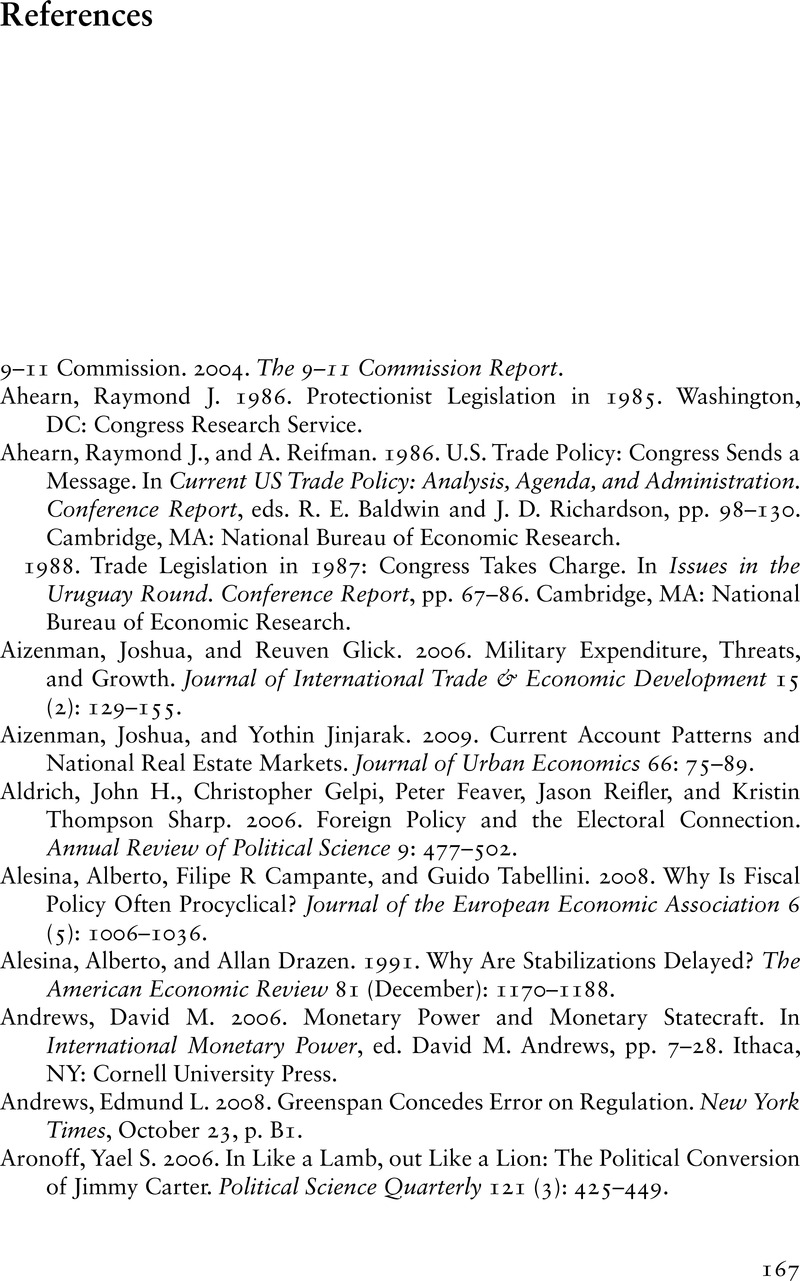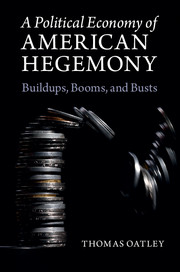Book contents
- Frontmatter
- Contents
- List of Tables and Figures
- Acknowledgments
- 1 The Political Economy of Imbalance
- 2 National Security Shocks and Military Buildups
- 3 Warfare, Welfare, and the Size of the American State
- 4 Military Buildups, Financial Power, and America's Postwar Booms
- 5 Deflecting the Costs of Adjustment
- 6 The Financial Consequences of America's Postwar Booms
- 7 The Political Economy of American Hegemony
- References
- Index
- References
References
Published online by Cambridge University Press: 05 February 2015
- Frontmatter
- Contents
- List of Tables and Figures
- Acknowledgments
- 1 The Political Economy of Imbalance
- 2 National Security Shocks and Military Buildups
- 3 Warfare, Welfare, and the Size of the American State
- 4 Military Buildups, Financial Power, and America's Postwar Booms
- 5 Deflecting the Costs of Adjustment
- 6 The Financial Consequences of America's Postwar Booms
- 7 The Political Economy of American Hegemony
- References
- Index
- References
Summary

- Type
- Chapter
- Information
- A Political Economy of American HegemonyBuildups, Booms, and Busts, pp. 167 - 182Publisher: Cambridge University PressPrint publication year: 2015



